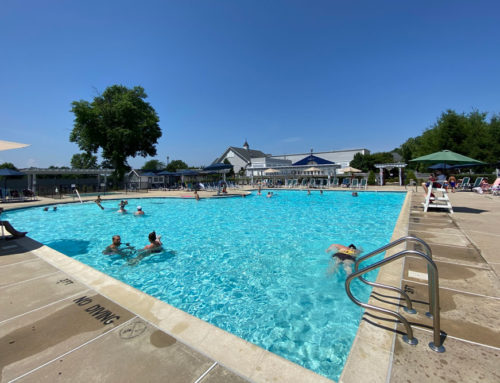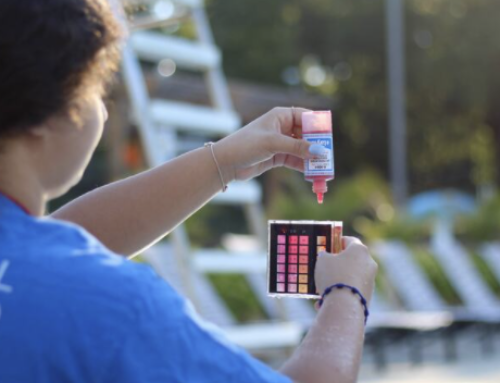Although you might feel like your pool cover will deteriorate over time no matter what you might do, this investment will last longer if you put the time and effort necessary into maintaining its integrity. From cleaning to other pool maintenance practices, you can quickly improve the integrity of your cover and increase its lifespan.
The specific best practices of maintenance will often be contingent upon the type of cover and which material it’s made of. However, consider some of the following general aspects of proper pool cover maintenance:
- Water’s chemical composition: If your pool’s water isn’t properly balanced, and especially when chlorine levels rise too high, your pool cover might begin to deteriorate more rapidly than it would otherwise. Always ensure that the chemicals are properly balanced, and that the actual height of the water is kept at the recommended level, to prolong the life of your pool cover.
- Winterization: Likely the most common use of pool covers is to protect the structure and water when the colder months approach. Always winterize your cover with the practices and materials recommended by the manufacturer.
- Debris: Anything that weighs down the pool cover will lead to stretching and eventual tearing, meaning you need to regularly check the top to ensure that leaves, snow and other debris aren’t weighing the cover down. Brush the debris off or drain the water that has accumulated on the top to prevent these issues.
- Properly secured: If your pool cover is not adequately secured to the perimeter of the pool, it will simultaneously not work properly and begin to lose its integrity. Keep the cover adequately sealed around the perimeter to avoid both of these pesky problems.
So long as you keep up with maintenance practices throughout the time you’re using or storing your pool cover, it will last longer than when it has been neglected.





